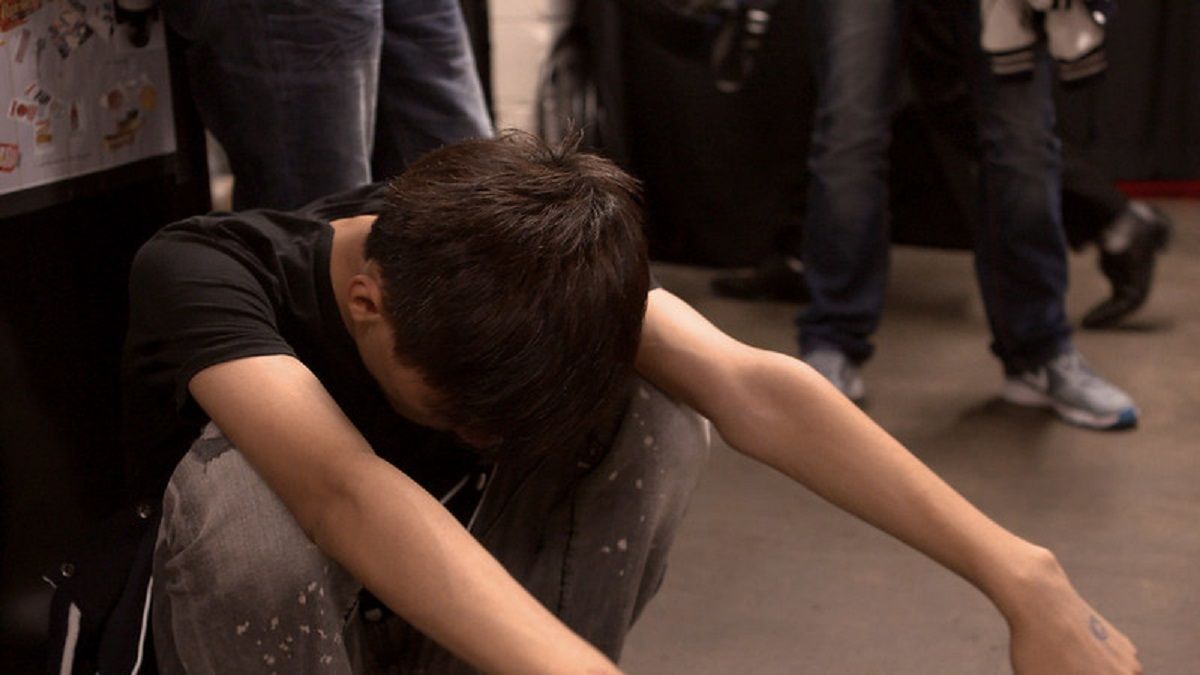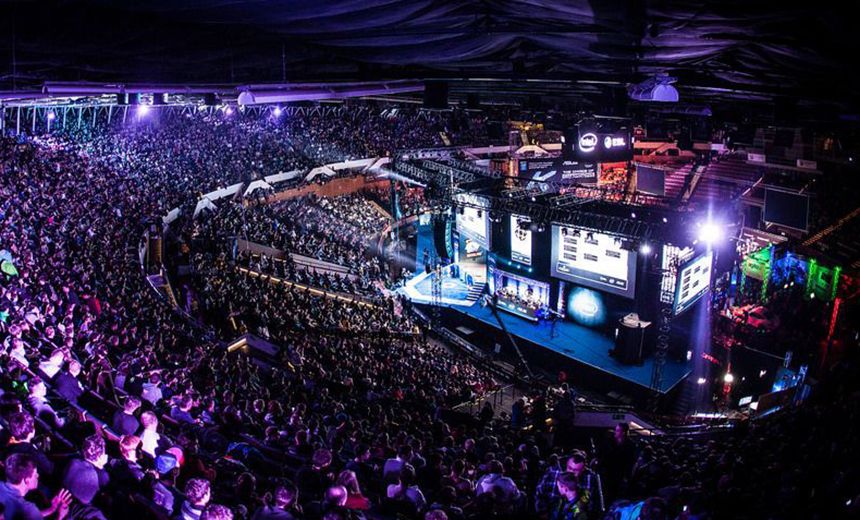


The introductory part of the blog explains why such a diminished duration is necessary and this is really a no-brainer. Perma chain stuns or blinds (which are even easier to execute in groups) are the highway to god mode, essentially making the game boring. Heroes should die to monsters and there must never be the option for easy access invulnerability.
Although necessary, these late game nerfs to CC skills are, in the end, punishing the skill diversity. To the right are given the stats for six damage mitigation skills in terms of popularity and it can be clearly seen how Ground Stomp, Mass Confusion and Frost Nova are easily losing to Ignore Pain, Spirit Walk or Diamond Skin, sometimes way before Hell (the Diamond Skin vs Frost Nova comparison is especially stunning).
Not that Wyatt Cheng needed to say it but every Diablo player out there will agree that passive damage mitigation is flat out boring. Activating Ignore Pain is nowhere near to the fun of stomping the ground and vacuuming monsters towards you for prompt culling. Just as walking around as a ghost is far less entertaining than watching elites killing each other with Mass Confusion, for example.
To stick to their "every skill must be viable" philosophy, Blizzard will are revisiting the CC skills in the next patch. Below are exact quotes from Cheng's developer blog.
TRIAL AND ERROR
Crowd controlling monsters is not only tactically valuable, but we think it's really fun, too. Our goal was to recapture that feeling in the higher difficulties. We wanted players to feel strong and heroic when using their CC skills, no matter what level they are, and we came up with a few ideas on how to accomplish that.
Idea #1: Reduce the Duration of CC effects in Co-Op Games
The first solution we came up with was to reduce the duration of CC effects in co-op games only, and allow full durations in single-player. While this would provide a great experience for solo players and help reduce the issue of infinite CC rotations in group play, the obvious downside is that CC skills would still feel weak in co-op games.
There are already a few mechanics (such as On Kill triggers) that discourage players from teaming up with their friends, and we don’t want to pile on "my CC is less effective" as yet another reason to avoid co-op. So, we tossed that idea out and went back to the drawing board.
Idea # 2: Make Diminishing Effects Not as Strong
We also discussed making all CC effects shorter from the start, but make them not diminish (this would apply for both single-player and co-op games). For example, we talked about making Ground Stomp always last for 2 seconds, even when you first get it at level 1. Sure, it's not as good at first, but at least it doesn't get worse with time.
Of course, this means that we’d have to make CC less powerful across the board. Although it solves the original problem of CC skills feeling weaker over time, it creates the new problem of "my CC skills never feel powerful," which is arguably worse.
Idea #3: Diminishing Returns
Another idea we considered was implementing diminishing returns the way World of Warcraft does. So, your first stun gets full duration, the second stun is cut in half, the third stun is cut by 75%, and for the fourth stun and beyond you get "IMMUNE."
While this works for WoW, it just doesn't seem like a good fit for Diablo III. Not only does it feel really weird to get an "IMMUNE" message, but it also limits you in co-op games when the order in which you and your teammate use CC can matter a great deal.
Let's say you have a 5-second stun and your partner has a 1.5 second stun. If you go first, the monster is stunned for 5 + 0.75 seconds = 5.75 seconds total. If your partner goes first, the monster is stunned for 1.5 + 2.5 seconds = 4 seconds total. The order the stuns were applied changed the total stun duration by 1.75 seconds! That seems like more micromanagement burden than we want to place in a fast-paced action game like Diablo III.
Additionally, there are currently a few methods of CC which are already very potent. For example, certain wizard and monk builds can maintain extremely heavy CC on enemies. As we examined CC, we realized we wanted to make CC skills feel good on their own, while still allowing these dedicated builds and combinations to be successful. In effect, we want to buff the baseline usage without hurting the players who have figured out certain potent combinations (though in the big picture we are still keeping an eye on that). This was yet another reason not to adopt the WoW diminishing returns system.
As you can see, every one of the solutions we discussed had a pretty noticeable downside, and we were kind of left hanging. We went over the solutions together and Jay basically said, "I know WHY we reduce the durations, but I still don't like it. Keep working on it."
DEVELOPERS, ASSEMBLE
As we started to wrap up development for patch 1.0.4, I decided to get a fresh perspective on the situation and hit up some designers on the World of Warcraft and StarCraft II. One of the great things about working at Blizzard is being able to tap the creativity of other developments teams, while still being able to do what is right for the Diablo franchise. Although they work on a different game, many of the designers around the company have been playing the heck out of Diablo III, and I figured they would be able to offer me some deeper insight into what they thought worked and what did not.
After tossing out ideas for a while, we had a small epiphany: What if we used diminishing returns, but developed a different set of rules for Diablo III?
What if monsters just never went immune? And what if, instead of reduced % durations, the durations were reduced based on the length of the CC, so that it didn't matter which order the CC effects were applied when playing co-op?
Here's the system we arrived at:
How It Works:
Monsters have a "CC resistance"that is stored on a per-monster basis.
The CC resistance starts at 0%. For every 1 second CC that is applied to the monster, the monster receives 10% CC resistance.
Monsters lose 10% of their CC resistance every second that they are not CC’d.
Elite monster CC resistance is capped at the current reduction values already active for Elites. In other words, CC resistance on most Elite monsters is capped to:
35% in Normal
50% in Nightmare
65% in Hell
65% in Inferno
What This Means For the Player:
From a high level, diminishing returns are applied on consecutive stuns to reduce their effectiveness.
You will never get an "Immune"message due to diminishing returns.
Diminishing returns on Elite monsters cap out at the same values that are currently applied to Elite reductions.
As previous mentioned, this means that near-infinite CC strategies will still work. We’re okay with these strategies remaining viable, as we love how powerful it makes players feel. (That said, we will continue to keep an eye on these strategies and may make some changes in the future if we feel it will be better for the health of the game.)
If two players are in a co-op game, the order in which they apply their stuns doesn't generally matter, so you shouldn't feel totally "screwed over"by the other person applying their stun before yours.
A character using only the occasional CC every 10-15 seconds will always get the full duration in all difficulty levels.
A FREE DEMONSTRATION
Let's provide some examples to show how this new system can play out in real scenarios.
Example 1:
1. A wizard freezes an Elite monster in Inferno difficulty for three seconds using Frost Nova. The monster is stunned for the full 3 seconds and now has 30% CC resistance (+10% resistance per second for 3 seconds = 30% CC resistance).
2. The moment the freeze ends, a witch doctor casts Horrify which fears the monster for 4 seconds. Since the monster has 30% CC resistance, it’s actually only feared for 2.8 seconds (3 seconds * 70% CC effectiveness = 2.8 seconds). The monster now has 58.4% CC resistance (30% from the first 3-second freeze + 28.4% from the 2.8-second fear).
3. After 5.84 seconds (freeze + fear duration), the monster is no longer CC’d. Suppose nothing happens for 5 seconds. During this time, the monster loses 50% of its CC resistance and is now at 8.4% CC resistance (58.4% - 50% = 8.4% CC resistance).
4. A monk casts Blinding Flash applying a 3 second stun blind. The monster is blinded for 2.75 seconds (8.4% CC resistance off of 3 seconds) and the monster now has 35.9% CC resistance (which we could round off as necessary).
Example 2:
1. A monk with the Pandemonium rune is in Nightmare difficulty and casts Seven-Sided Strike on a single enemy, resulting in a lot of possible 7 second stuns.
2. The first hit stuns the monster and lasts for a full 7 seconds, but adds 70% CC resistance.
3. The second hit also successfully stuns the monster, and lands 0.4 seconds later after the first hit. The 70% CC resistance is lowered to 50% because the game is currently on Nightmare difficulty, and Nightmare difficulty has a CC resistance cap of 50% —so the stun is 3.5 seconds long.The 3.5 second stun gets applied, even though it is fully redundant with the existing 7 second stun.Since the new stun is shorter than the amount of time left on the current stun, no additional CC resistance is added. In effect this second stun has no effect at all.
Example 3:
1. A party of four monks attempts to stun-lock an Elite monster in Inferno difficulty. They are all using Blinding Flash with the Self-Reflection rune, which blinds an enemy for 4 seconds.
2. The first monk casts Blinding Flash and the monster is blinded for 4 seconds. It also now has 40% CC resistance.
3. The second monk also casts Blinding Flash, but times it to land the instant the first one ends. It lasts 2.4 seconds and increases the CC resistance to 64%.
4. Both blinds wear off 6.4 seconds later. The third monk lands his Blinding Flash immediately afterwards, which lasts 1.44 seconds. This increases the monster’s CC resistance to 78.4%
5. It’s now been 7.84 seconds, and the fourth monk wants in on the action. She uses her Blinding Flash. Even though the monster’s CC resistance is technically at 78.4% by now, it’s capped at 65% because of its CC resistance caps in Inferno. So, the 4-second blind actually lasts for 1.4 seconds. This adds another 14% CC resistance, bringing the final to 92.4%. (The effective resistance is still at the 65% cap, but the 92.4% is tracked under the hood for the stun resistance to wear off.)
6. The poor monster has now been blinded for a total of 9.24 seconds, and the monks are out of Blinding Flash. :(
7. The next blind will occur when the first monk’s Blinding Flash comes off cooldown. Since Blinding Flash has a 15 second cooldown, and only 9.24 seconds have passed, the party has to wait for another 5.76 seconds. During this time, the monster loses 57.6% CC resistance, leaving it at 34.8%.
8. The first monk uses his Blinding Flash as soon as it comes off cooldown. The 4-second blind is reduced to 2.61 seconds (4 seconds * (100% - 34.8%) = 2.61 seconds), and the monster’s CC resistance is back up to 60.9%.
Example 4:
Scenario 1
Player 1 applies a 1 second stun, it lasts 1 second. Monster has 10% CC resistance.
Player 2 applies a 6 second stun, it lasts 5.4 seconds. Monster now has 64% CC resistance.
Scenario 2
Player 1 applies a 6 second stun, it lasts 6 seconds. Monster now has 60% CC resistance.
Player 2 applies a 1 second stun, it lasts 0.4 seconds. Monster now has 64% CC resistance.
(Scenario 1 & 2 demonstrate that this system allows consecutively chained CC effects to be applied in any order. In both cases, the total stun duration is 6.4 seconds.)
We feel these changes should make CC abilities much more appealing (especially in those later difficulty levels), and are currently targeting them to go out with patch 1.0.5. While that patch is still a ways away, we encourage you to experiment with the math in the meantime, ask us any questions you may have about how the new diminishing returns system will work, and share your feedback!







